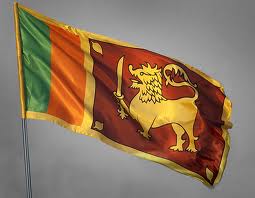Each task has its own requirements. Find the right label material with effective adhesion and optimum surface properties for each application. Each task has its own requirements. Find the right label material with effective adhesion and optimum surface properties for each application. In the label market exist a variety of different materials: depending on the usage and technical requirements involves above all paper and plastic labels in different qualities.
Each industry demands a specific label: resistance to greases, oils, fuels, and brake fluid is important In mechanical engineering. The metal construction have to stick the adhesive also on rusty steel. In the electronics and electrical engineering, however, involves in particular the resistance to high temperatures. Laboratory labels and labels for the chemical industry must be resistant against a variety of chemicals such as acids, salts, solvents and most extreme be resistant to low temperatures. Therefore, the environmental conditions where the label material to be used and processed are the important criteria for the choice of materials.
Depending on the application area is accessible back on a wide range of self-adhesive materials for the thermal transfer printing. Most of the labels and endless abrasive belts consist of four components: surface material, glue, a silicone layer and the substrate (often referred to as even glue coverage). Practically, these individual components can be combined depending on the application. Through these combinations, a solution can be found in the practice for all problems. The surface materials range from simple polyester and vinyl labels from metallized polyester tape or magnetic tapes to special material like tamper-proof document foil (E.g. for seal) and high temperature resistant polyimide film. The use of high-quality plastics in terms of adhesive labels is increasing continuously. Are used E.g. plastic film made of PE (polyethylene) and PP (polypropylene), PET (polyester) and PVC (polyvinyl chloride), PS (polystyrene) or special materials such as polyimide or nylon fabric with nylon, polyethylene (PE) labels the most important properties of polyethylene films is the flexibility and stability of the format.
